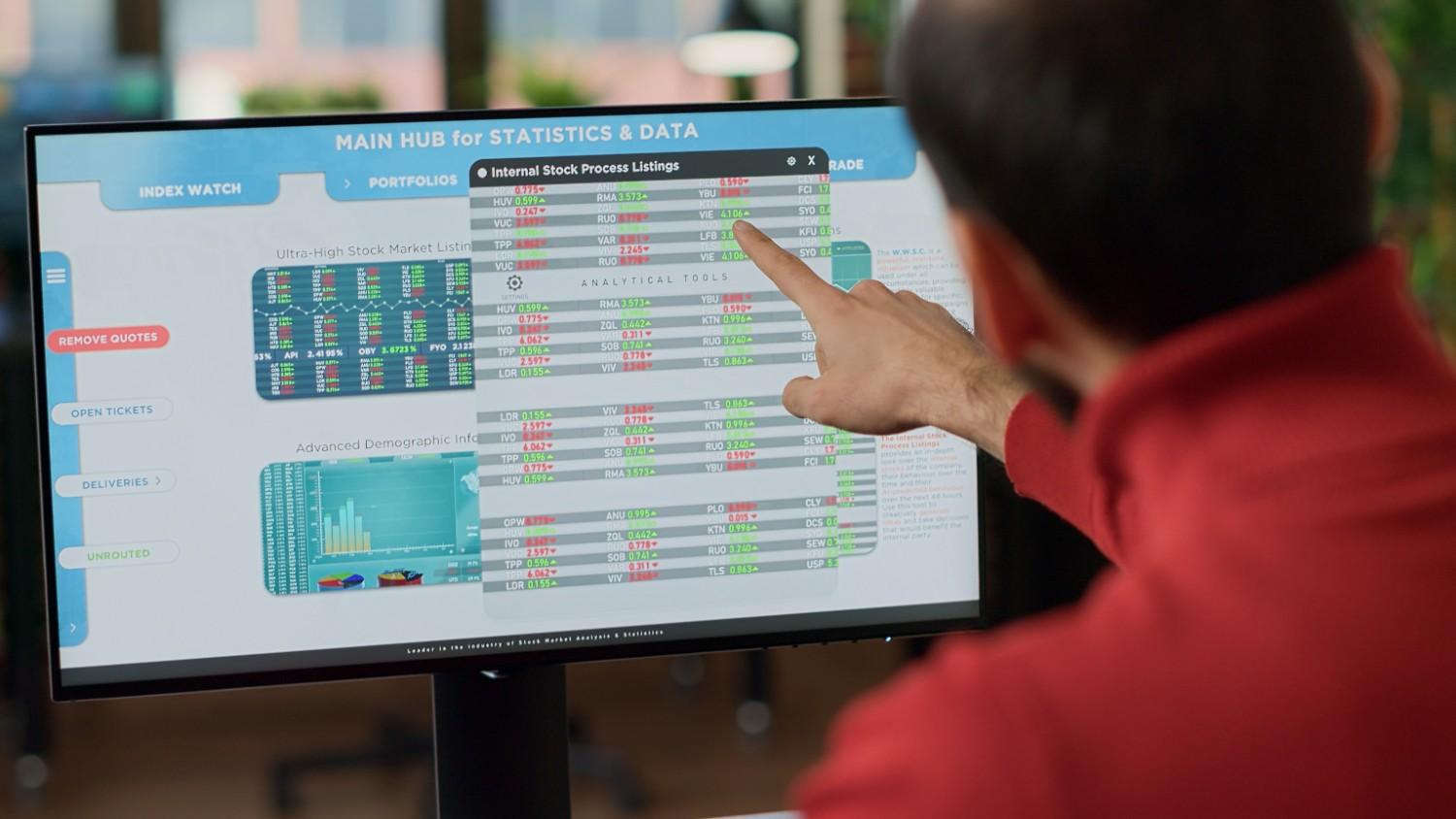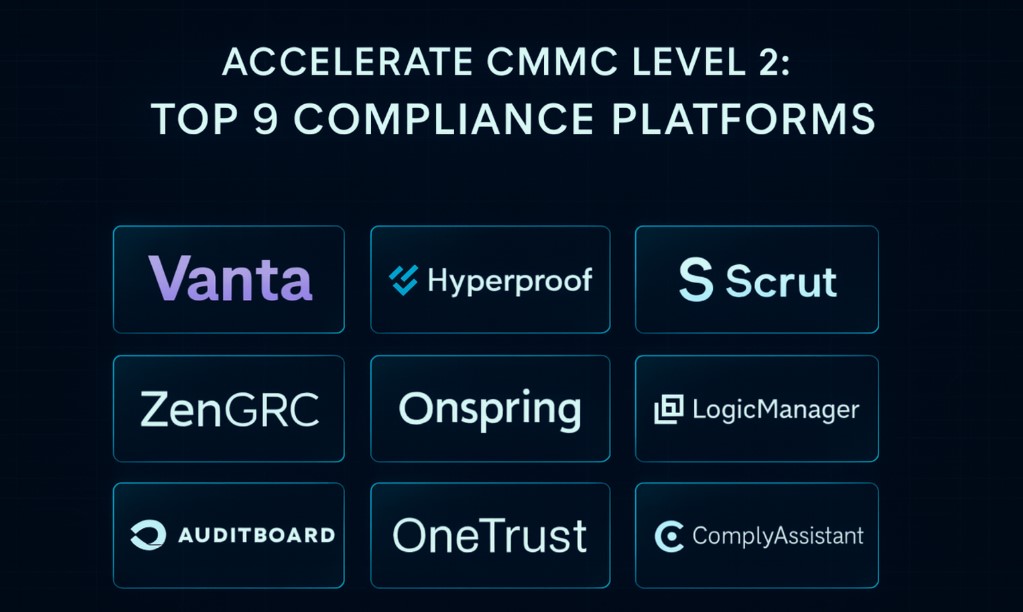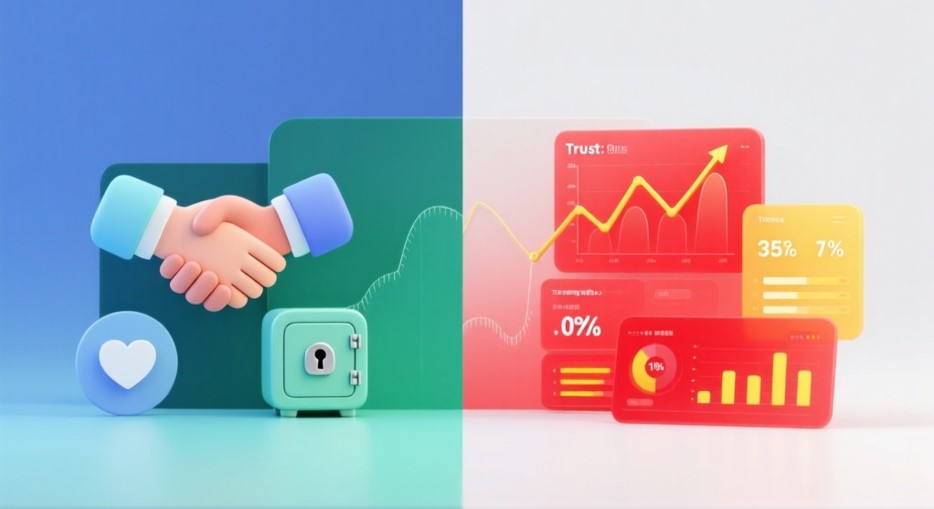What Is the Best Equipment Rental Software for Your Business in 2025
In 2025, the best equipment rental software will be one that works with your workflow, cuts down on mistakes, and can expand with your business. This guide helps you choose the best option for your rental business by comparing the most popular platforms, such as Valet Rentals, Rentle, and Point of Rental, based on their use cases, features, and prices.
The best equipment rental software is all about fit: your business, your processes, and your growth plans. For 2025, the leaders all share the same baseline features: real-time availability, web booking, maintenance tracking, flexible pricing, and clean payments and accounting.
Here is the quick overview: why the software needs to be correct, exactly what to search for in features, step-by-step choice process, snapshot of what is the ideal equipment rental software by use case, and what it'll cost.
If you’re looking for bike rental software, or something for skis, tools, AV, or heavy equipment, use this to shortlist 3–5 vendors, run scenario‑based demos, and choose with confidence.
How the Right Software Helps Rental Businesses
-
Avoid costly errors: The wrong system leads to double‑bookings, idle assets, missed maintenance, and delayed payments.
-
Improved metrics that count: The appropriate platform improves utilization percentage, on-time returns, and online book conversion, with less admin time per order.
-
Improve align where the market is going: Customers require self-serve booking; GPS/IoT enables recovery and usage-based service; pricing and modules scale with you.
Think in terms of rental asset management software: Manage your inventory as financial assets.
The top-rated rental asset management software gives you lifecycle histories, depreciation views, maintenance triggers, and utilization heatmaps so that you can reinvest capital into what actually books.
Key Features of the Best Equipment Rental Software
Regardless of your industry, if you rent construction equipment, ski equipment, or bikes, the best equipment rental software must streamline day-to-day operations while driving bookings.
A good platform consolidates all aspects of your rental operation: inventory control, online booking, maintenance, contracts, and accounting. Before selecting a system, you should be familiar with what core functions really bring value to your business.
Following are the must-haves to look for in any modern bike rental software: functionality that reduces man-power mistakes, maximizes asset utilization, and offers customers an easy, self-service experience from reservation to return.
Cornerstone functionalities to require
The industry's best rental management platforms have one thing in common: following are the cornerstone functionalities that eliminate man-power and reduce costly mistakes.
-
Real-time availability & conflict prevention: Does the calendar consistently prevent double-booking on items, kits, sizes/variants, and locations?
-
Maintenance management: Can you schedule and keep track of asset histories by time/usage/condition?
-
Online booking & checkout: Mobile-first checkout, deposits, upsells/discounts, straightforward extensions.
-
Flexible pricing: Hour/day/week/seasonal, weekend rules, damage waivers, bundles/kits without workarounds.
-
Contracts, waivers & e-sign: Templates and signatures tied to reservations.
-
Payments & accounting: Integrated payments and/or clean QuickBooks/Xero integration.
-
Multi-location & roles: Transfer stock, set permissions, and centralize reporting.
GPS/IoT add-ons (if applicable): Geofencing, recovery, and usage telemetry.
For Bike Shops & Tour Operators (Bike Rental Software)
Bikes or guided tours need more than basic inventory control. A bike rental software platform must accommodate sizing, seasonal pricing, and group bookings. All while making it easy to accomplish everything from route scheduling to damage tracking.
-
Size/fit rationale: Frames, step‑over vs. step‑through, children's sizes, helmets, and add‑on packages.
-
Neighborhood & tour time booking: Guide assignment, time-slot booking, and group rates.
-
Period pricing & passes: Weekend/holiday overrides, member rates, and multi‑day deals.
-
Damage/late‑return streams: Photo check‑in/out, deposits, and automated fee rules.
How to Choose the Right Software for Your Rental Business
The perfect answer is settling for features, price, and usability versus your special needs. Here's how to make a rational decision:
-
Graph your workflows: Put down how your rentals function presently (booking, fulfillment, return, and maintenance). Mark pain points like double entry, slowness, or visibility.
-
Must-haves versus nice-to-haves: Must-haves could be online booking, inventory management, and accounting integration; nice-to-haves could be GPS tracking, multi-language portals, or marketing automation.
-
Shortlist 3–5 vendors: Look for those who concentrate in your category (construction, AV, party supply, recreation, etc.). Search G2, Capterra, and industry boards for recent postings.
-
Conduct scenario-based demos: Dull generic demos won't impress. Ask each vendor to model an actual booking, maintenance, or return process within your business.
-
Test integrations: Test against your POS, CRM, or accounting system. API or Zapier integration is a huge bonus.
-
Estimate total cost of ownership: Include setup, training, transaction fees, and add-ons, not just in monthly licenses.
-
Test support and onboarding: Ask about response time, training documentation, and implementation time.
What Is the Best Equipment Rental Software in 2025 (by Use Case)
| Use Case | Best For | Top Options |
| Small Businesses & Startups | Simple setup, low cost, quick learning curve | Booqable, EZRentOut, Rentle |
| Heavy Equipment & Construction | Asset tracking, maintenance, GPS | Point of Rental, Texada, MCS Rental Software |
| AV & Event Rentals | Kits, scheduling, crew management | Current RMS, Flex Rental Solutions, Rentman |
| Recreational Rentals (Bike Rental Software, Skis, Boats) | Online booking, seasonal pricing | Valet Rentals, Rentle, Checkfront |
| Enterprise / Multi-location | Advanced reporting, ERP integration | InTempo, Texada, Point of Rental Elite |
Equipment Rental Software Pricing Breakdown
The best equipment rental software possesses flexible price plans that suit your company size, asset base, and functionality you need. Vendors now offer tiered price plans where you can start small and grow with your inventory, staff, and bookings.
Your total cost will vary by the number of user seats, integrations, payment processing, and whether you need more sophisticated modules like GPS tracking or maintenance scheduling. Cloud platforms usually bill by location or asset, and some have free trials or demos so you can discover the fit without expense.
Average costs are:
-
Small Businesses (Entry-level): $30–$100/month per location
-
Growing Companies (Mid-range): $200–$800/month for full-featured systems
-
Enterprise: Custom pricing, typically with setup fees and per-user or per-asset licensing
Add-ons for GPS, digital signatures, or data analytics may incur extra charges. Free trials or demos can be had from most suppliers, so spend time exploring actual-world usability and support.
A New Model: Pay-Per-Booking with Valet Rentals
One of the most popular options, especially for new companies or seasonals, is Valet Rentals. Instead of the monthly subscription, Valet takes a one-time 5% on every booking win (no contracts, no subscription charges). You're only charged once when a customer books, so it's a risk-free solution for new companies.
This usage-based approach is especially appealing to bicycle rental businesses and other recreation-focused businesses with seasonal demand. With no front-end or recurring charge, Valet makes it possible to try, expand, or shift platforms at no penalty.
Rental Manager Quick Checklist
Use this when considering bike rental software or a more advanced rental asset management software:
-
Management of frame, helmet, and accessory sizes/variations
-
Tour & guide management with capacity controls
-
Seasonal/holiday rate rules & passes
-
Quick photo check‑in/out and damage deposit transactions
-
Mobile waiver/e-sign and ID capture
-
Inventory in real‑time by location and vans
-
Triggers for maintenance by mileage/use, with parts logs
-
Reports: utilization by size/frame, revenue per asset day, and no‑show rate
Final Tips: What Is the Best Equipment Rental Software
Select from options and ultimately select what is the best rental equipment software does not need to be daunting. Begin small and grow quickly with a cloud solution that will never be in your path and has open APIs for future integrations. Automate first to take out time- and error-prone manual tasks such as data entry, invoicing, and maintenance reminders.
Finally, ask for references and learn from businesses similar to yours. By following this approach, you’ll confidently identify the best-fit solution: one that supports your team, streamlines operations, and grows with your business.

Subscribe & get all related Blog notification.





Post your comment